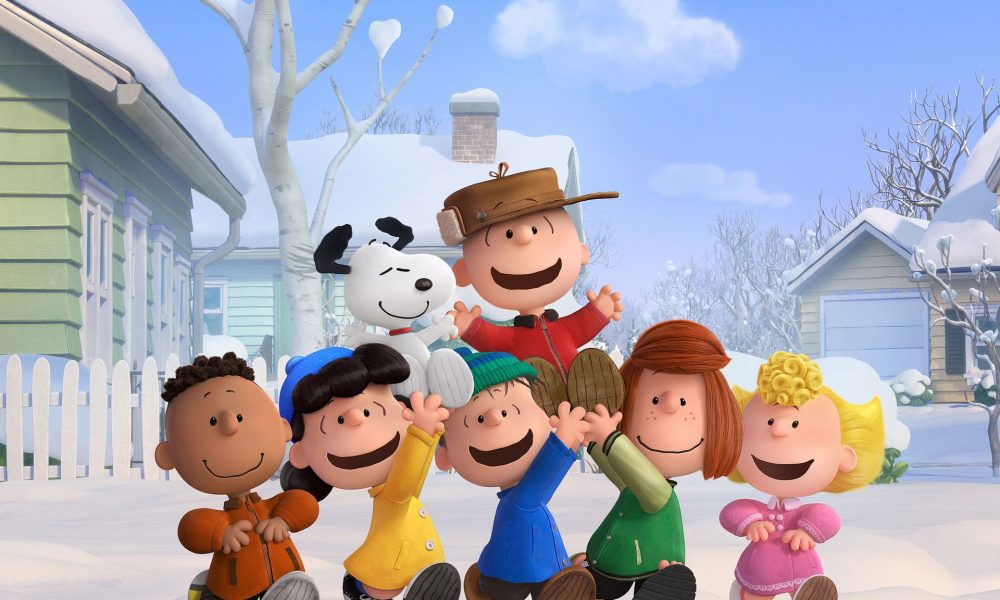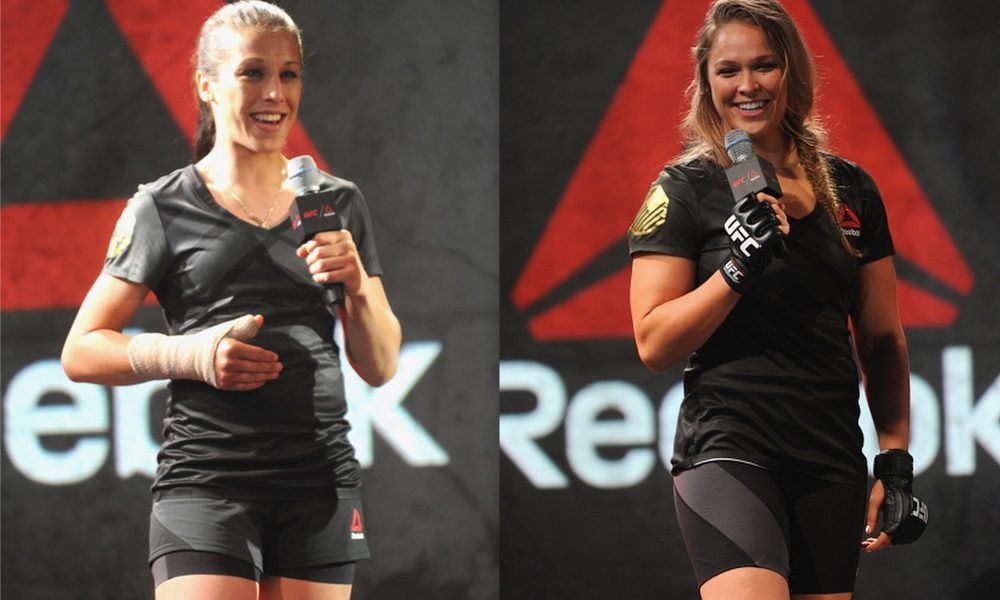Where do I even begin? Oh that’s right, the dope (as fuck) music throughout the entirety of Samurai Champloo’s run. What distinguishes Samurai Champloo from other anime is the music that was produced along with the show. I was listening to Modal Soul by Nujabes in the Press office after I first joined earlier this year when a new friend came up to me and said,“ Oh Nujabes, so you’ve watched Samurai Champloo, right?” No, I hadn’t. But a few months and a desperate Netflix search later, I cozied up as best as I could on what was a rather itchy couch to watch the first episode. A few moments into the intro, I was intrigued.
“Sharp like an edge of samurai sword
The mental blade cut through flesh and bone
Through my mind’s at peace the world out of order
Missing the inner heat life gets colder
Oh yes, I have to find my path No less, walk on earth, water and fire
The elements compose a magnum”
Dope beats, laced against a smooth sequence of traditional Japanese artwork. To say that the intro is visually and aurally pleasing is a gross understatement. From the seriously cool choice of fonts to the transitions the intro sets the tone for the show’s overall aesthetic.
The first person you meet is Fuu. Although she doesn’t develop all that much as the story unfolds, Fuu adds humor and feels to the shows tone. More importantly, she has a pet flying squirrel named Momo (Momonga = flying squirrel in Japanese).If you don’t love Momo, you need to get your heart checked. Jin is a stereotypically stoic, reserved character who was inspired from the samurai of the Tokugawa era. His diligent training in a dojo allows him to wield his sword precisely. Jin’s disciplined manner is reflected in his fighting style while Mugen is anything but. Mugen’s a former pirate that has a uniquely furious fighting style and a similar attitude. Lewd, brash and horny, Mugen is essentially the id. Jin is the blatant superego which leaves Fuu to be the mediating ego.
The mystery behind the Sunflower samurai is the premise that brought the three together, so it’s kind of important—but not at all because the series is made up of mini-arcs/sub-storylines, which chisels the trio much more than their main goal does. Some of these sub-arcs span up to two episodes but never more (besides the final three), and most of them can stand alone. But they’re not as arbitrary as modern comics are now—each episode (or two) is a complete story in itself.
Apart from the intoxicating soundtracks created by DJ Tsuchie, Forces of Nature, Nujbaes and Fat Jon, there’s something captivating about the show’s animation style. Mesmerizing choreography is found in almost each episode, namely in the fight scenes or during comedic shenanigans of the trio. Mugen’s fluid modern hip-hop movements are seamlessly blended with Jin’s precise actions of the traditional kenjutsu he practices. Simply trying to translate it into words is almost like an injustice to what Manglobe and director Shinchiro Wantanabe have accomplished. You learn more about Fuu, Mugen and Jin by watching how they carry themselves than from the actual dialogue
If you could care less/ To win you over/ If you are new into the anime world—I suggest you sample Champloo with Beatbox Bandits (episode 9), Cosmic Collisions (episode 22) or Baseball Blues (episode 23). If anything, do it for the music, the epic fight scenes or the distinct animation style. Seriously, Everything, down to the transitions, seems to be carefully weaved together. If you do decide to watch it in its entirety, be prepared for some intriguing character development, a trademark of Wantanabe’s, I hear from reliable sources—the cite cowboy bebop, that’ll hit you right in the feels.
As my nostalgia goggles fill up with tears, I can’t help but express the reason for my specific shutout to the aforementioned baseball episode. It was the perfect balance of most of the themes found throughout Samurai Champloo—“historic” stories from the chaotic Edo period, told through drama and humor with elements of hip-hop culture, subtle modern anachronisms and of course (GOOD? FUCKING FANTASTIC) music. The only thing omitted was the bloodshed (and death, sort of) that was ever-present in the era and in the anime. It’s a champloo of elements that for some intangible, but compelling, reason I’ve become emotionally attached to.
With a mere 26 episodes in total, Samurai Champloo would have normally only lasted me a weekend-long binge-watch session, but I unconsciously chose to space out the episodes and delay what I already knew would be a bittersweet end. Manglobe brought the right people together to create Champloo, but sadly the studio closed its doors earlier this month. As someone who rather recently just finished watching the last episode of Samurai Champloo, I find myself instantly nostalgic for things that don’t even exist.




Comments are closed.